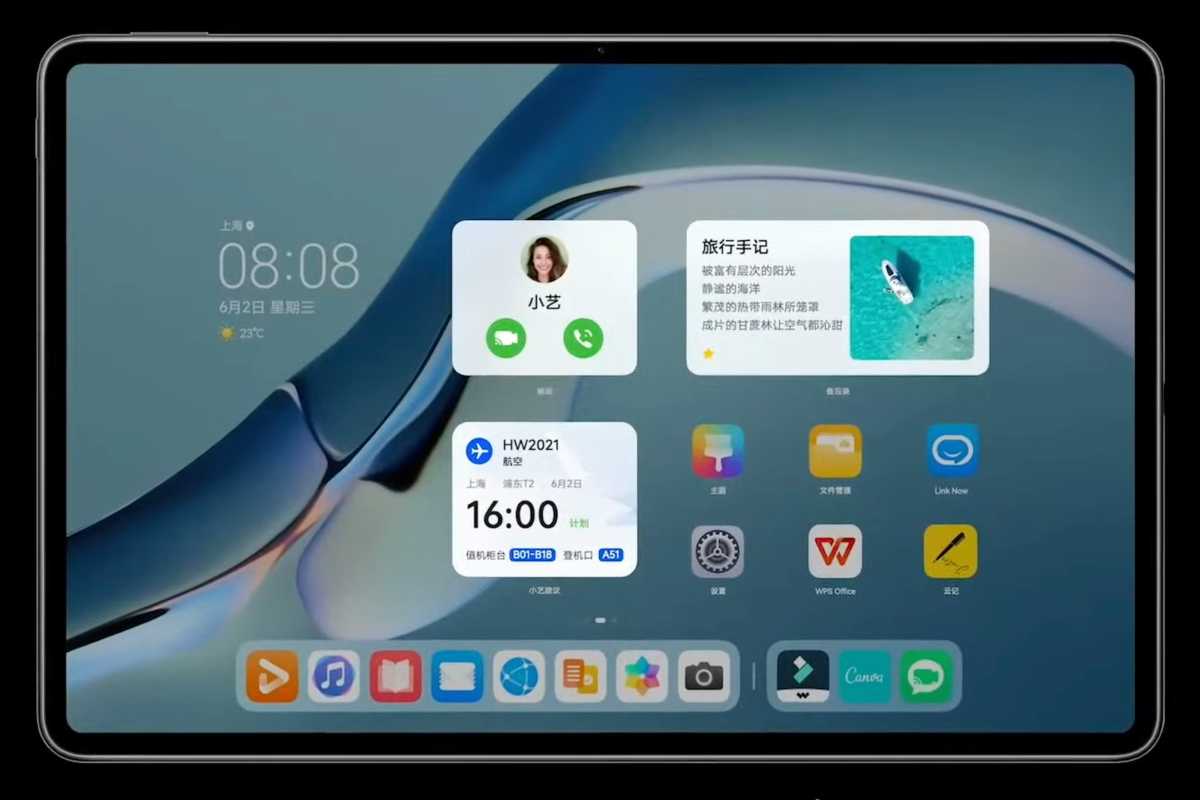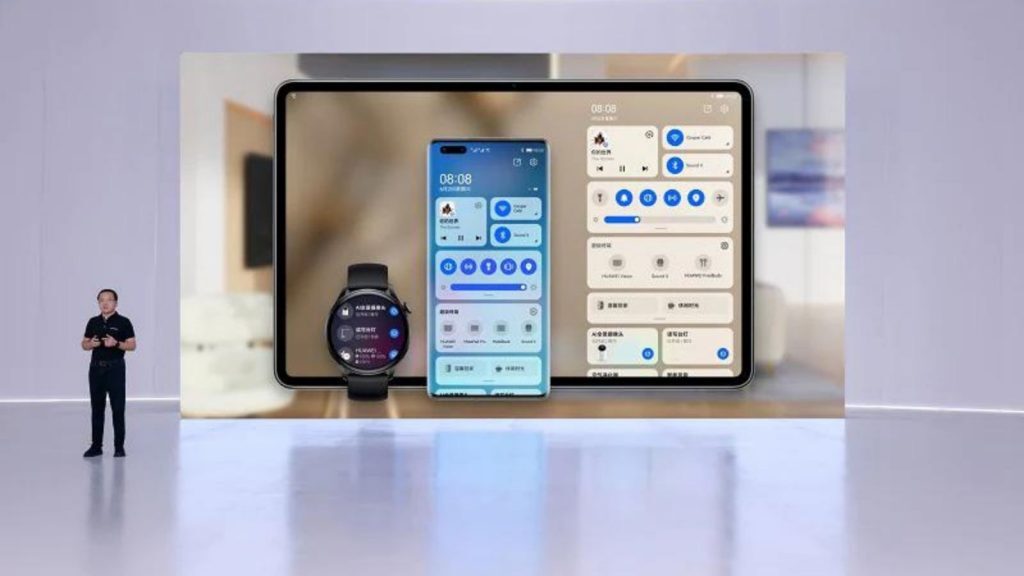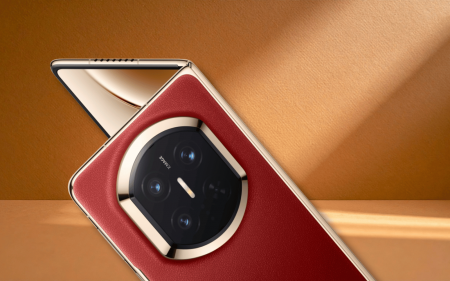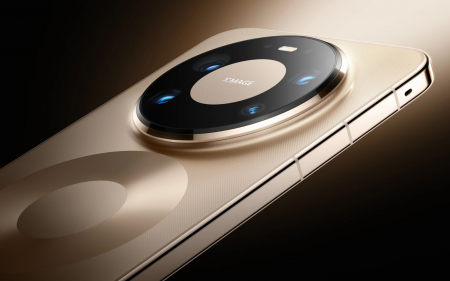Last week Huawei finally revealed its ready-for-market proprietary operating system called HarmonyOS 2.0. That means a handful of its consumer devices (like the Huawei P40, Mate 30, Mate 40 and the MatePad Pro) can now opt for Harmony in lieu of open-source Android. Yeah, the devices that don’t support Google Services and apps.
Since its release, tech journalists and analysts across the globe have installed the OS on supported devices to test it out. Unfortunately, Stuff doesn’t have access to a supported Huawei device right now, but from current reports, we can gather what the OS looks like and how it handles.
Bringing Harmony to the world
Looking at initial screenshots and pictures, HarmonyOS 2.0 on the MateBook Pro looks like an exact replica of iPad OS and its home screen layout. Which is ironic, because some reports suggest that it was essentially built on the Android platform. The open-source one, of course. But at its heart, the OS is still Android.
 XDA Developers did a deeper dive into the MateBook Pro and how HarmonyOS 2.0 functions on the device. It makes a good point in that operating system kernels aren’t built in just a few years — this is something that takes up an extended amount of time. It’s also compatible with Android binaries, which points to its internals being loosely based on Linux and AOSP kernel.
XDA Developers did a deeper dive into the MateBook Pro and how HarmonyOS 2.0 functions on the device. It makes a good point in that operating system kernels aren’t built in just a few years — this is something that takes up an extended amount of time. It’s also compatible with Android binaries, which points to its internals being loosely based on Linux and AOSP kernel.
Apparently “Huawei denied speculations that HarmonyOS is a derivative of Android and said no single line of code is identical to that of Android,” according to ArsTechnica. At the same time, however, Huawei’s software president blabbed to a German publication, saying ”To make sure our existing users can still enjoy the experiences that they are familiar with in our phones and tablets, Huawei uses the open source code from AOSP in HarmonyOS on the condition of complying with open source license rules and fulfilling related responsibilities and obligations.”
Even if it is a Frankenstein operating system, all the end-user will really care about is its accessibility and function on a day-to-day. Initial reports suggest that it runs well on the flagship devices it’s available on at the moment, and the overall design looks like a mashup of all existing OSes for mobile. Nevertheless, we can’t wait to get our turn in testing.




